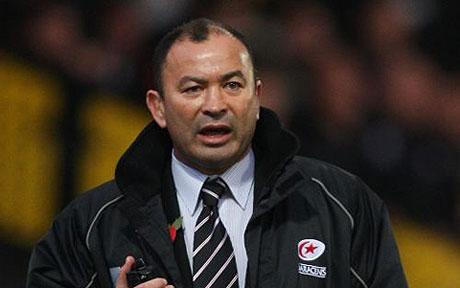


Posted March 1, 2017
England Rugby Coach Eddie Jones gave other coaches a master class in media interview skills at the weekend with his reference to the infamous underarm bowling incident of 1981.
 Not happy with the tactics used by the Italian rugby team during their Test against England at Twickenham, Jones dressed up his point in a way that he knew would create headlines and get his message across in the best possible way.
Not happy with the tactics used by the Italian rugby team during their Test against England at Twickenham, Jones dressed up his point in a way that he knew would create headlines and get his message across in the best possible way.
Most coaches or other spokespeople would have said something like, “We were disappointed with the tactics used by the Italians.” That’s fair enough, but may not have been the angle of media stories because the language is quite boring.
But by relating those tactics to the underarm incident, he knew that analogy was highly likely to be the focus of media attention. That allowed him to get his point across and remembered, while also giving reporters a great story.
That’s the key in today’s world. Reporters don’t just need mundane points. They need to entertain their audiences and convince them to click on their website stories. In this case, headlines like, “It was as bad as Chappell’s underarm bowling,” were able to be used instead of the more mundane, “Jones unhappy with Italian tactics.”
By following Jones’s lead, spokespeople can take far more control over what reporters choose to focus on in their stories. Times have changed. It’s not enough to express your views in the boring manner that most coaches and other spokespeople do. If you want an influence over what is used and avoid being quoted out of context, dress your points up. You will get better coverage and reporters will get better stories. That win/win outcome should be your aim.
Join my LinkedIn Group, “Media Training Tips for Modern Leaders” for tips articles, discussions on news media issues and the chance to ask me questions. None of these are available outside the group. Join here.